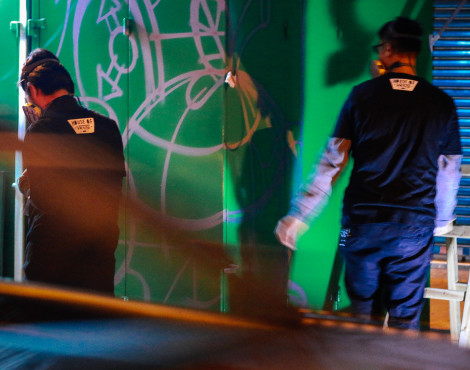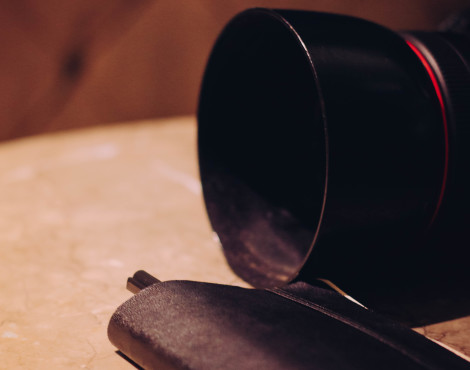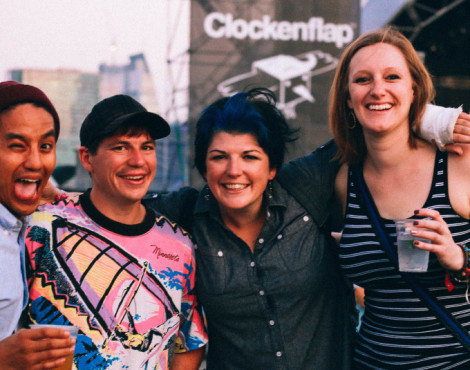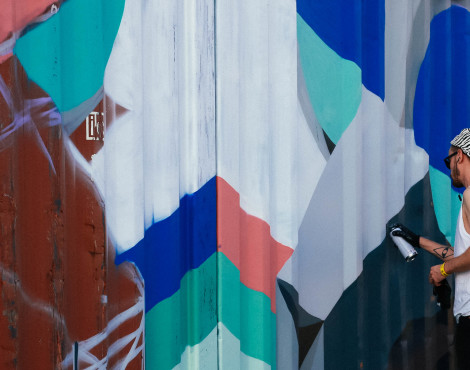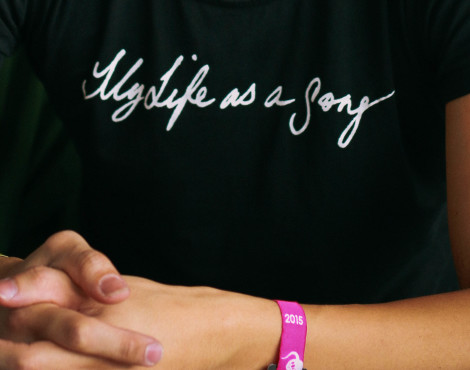
What makes a great pair of jeans?
I submit my six year-old pair of Levi’s 511 dark wash, seldom actually washed skinnies. It’s been cuffed and rolled, scuffed and crumpled, stains and dirt caked into weathered grooves. A crotch blowout repaired at a Korean dry cleaner is Astoria Queens, signs point to another before too long. One of the few times I washed it was when I returned from a long vacation to find it caked in mold – war Shenzhen will do that to ya. It gave when my waist favored the Chipotle craze, and it took when I my calves fell into triathlons. They still sit among the top of the pant stack.
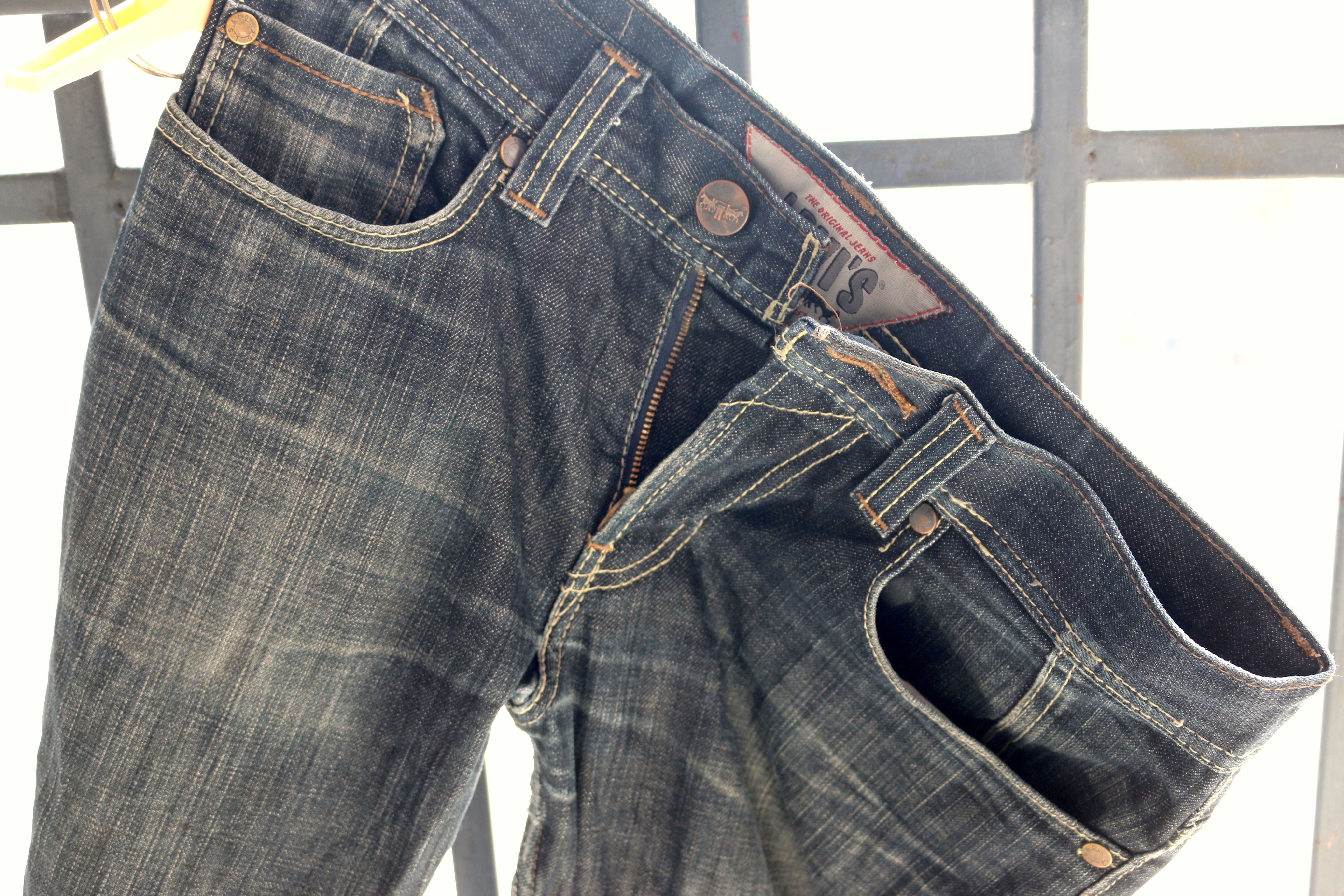
So when I caught wind of the initial craze of premium denim, I stood unconvinced that a pair of jeans five times the price of my good ‘ol blues was worth the hit to my back pocket. You can take your precious red seam stitches and kick rocks.
But as my admiration grows for the art and skill imbued in honest clothing, so does the attraction of finer cloths. And eventually dark washes, glorious fades, and even those red train tracks put me on course for my first pair of raw denim. The question is, which one?
Well, time-killing stroll in northern China decided it for me.
The winters in Shenyang are about as dreadfully cold as you’ll experience in this country, so it’s common to seek refuge in the network of shopping malls that seem to outnumber residents. My wife and I happened to enter a smaller collection of shops, one of which stood out completely. Brick walls, ancient sewing machines, and surplus store-quality flight jackets. And then there was the denim. Layers of dark, fuzzy jeans separated by wax paper.
Since Laura and I were just stretching our legs, I wasn’t yet prepared to get a pair, but I immediately committed the shop front sign to memory, and resolved to visit the next winter. My next pair of jeans would say Red Cloud.
Top-quality jean, you say? Made in China? Oil and water typically comes to mind, but Red Cloud boasts an ethic and tradition that can satisfy denim and clothing enthusiasts alike. All of Red Cloud’s products are made in Shenyang, from start to finish. After sourcing the cotton from Xinjiang, the process of making the jeans rests in the hands of a score of trained staff to cut denim, pilot old sewing machines, and punch in rivets. Raymon, who founded the company, trained himself into his first pair, and passed down these techniques down the line, resulting in Red Cloud garments fit for anyone in search of old methods of making beautifully rugged clothes. The next Spring Festival in Shenyang couldn’t come soon enough.
A year passed, the next Chinese New Year flew us back to my wife’s hometown, and we made the trek to Red Cloud & Co’s newer, larger location. And I’m happy to report that I didn’t leave empty-handed.
As I mentioned, Chinese shopping malls are of the cookie cutter variety, housing designer labels of similar pedigree. A Zegna here, Gucci there, and a Zara for good measure all pump the Retailer’s Waltz. Stepping into Red Cloud, you’re greeted by a heap of cotton, a mannequin in a striped working overalls, and the “O Brother, Where Art Thou?” soundtrack. You could call it quaint, but Red Cloud was a welcome respite from the copy-paste culture of typical malls. I was more than happy to spend an hour looking, trying, and opening a bottle of their in-house beer.

Less-than-novice to raw denim, I walked into the store with zero expectation of what to define as an ideal pair. To no surprise, Red Cloud’s staff was more than happy to guide me to the right choice.
Armed in a crisp white in-house work shirt and a generous cuff, Yao Lei pointed out the subtle difference among models that hung in the gallery. The contrast of their flagship pair, the R400, and a couple more models caught my attention, so into the fitting room I went.
Now, I’ve never tried on jeans of this variety, so the stiffness of the R400 had me easing my sausage legs into a pair of cinder blocks. So this is what 17oz feels like. By feel alone I’d assume my 511’s were half that weight, tops.

Next came the button fly. Each metal disc fought its hole like the neck button of an ill-fitting shirt. Halfway through, my fingertips rubbed raw. When the last button was tamed, I saw in the mirror that it sat just below my navel, which I much prefer nowadays. Whereas my current jeans sit lower than my creeping age will allow, this classic rise will last from here to eternity.
The real charm of this pant leg extends down to the cuffs. From the outside’s rich indigo, tiny flecks of white bubble to the surface. Turning the jeans inside-out reveal the clean Xinjiang cotton that mixes with the blue, creating a marble I’ve never seen before. The closest I could describe it to is television snow. As part of the in-store experience, a Union Special is set up to loop a chain stitch on any altered hem with purchase. Yao Lei offered to cut the 30×32 pair to 30×30, but I opted to leave it as is; more of the mesmerizing cuff to parade around, anyway.

My visit was about a solid month ago, and I can’t get enough of the R400. Although I’m all slacks and blazers most of the workweek, my Friday to Sunday has been spent breaking into this fine pair of jeans. The stiffness is starting to give, and the seat is beginning to soften; buttoning the fly has stopped becoming a thumb war. I look forward to bangarangin’ through dirt and concrete in these, as my good ol’ Levis have these last six years. I look forward to long soaks, layered fades, and the frayed edges of patches I’ll earn in time.
I suppose that’s the heart of denim. Nothing else will take a good beating, fluctuating waistband, and the tides of fashion like blue jeans. It’s a relationship. So if you’re going to invest the time and energy into a pair, it’s good to find the right one. And with an old standby like jeans, you might as well get one made the right way. And sometimes the old way is the best way.
Additional Pictures:

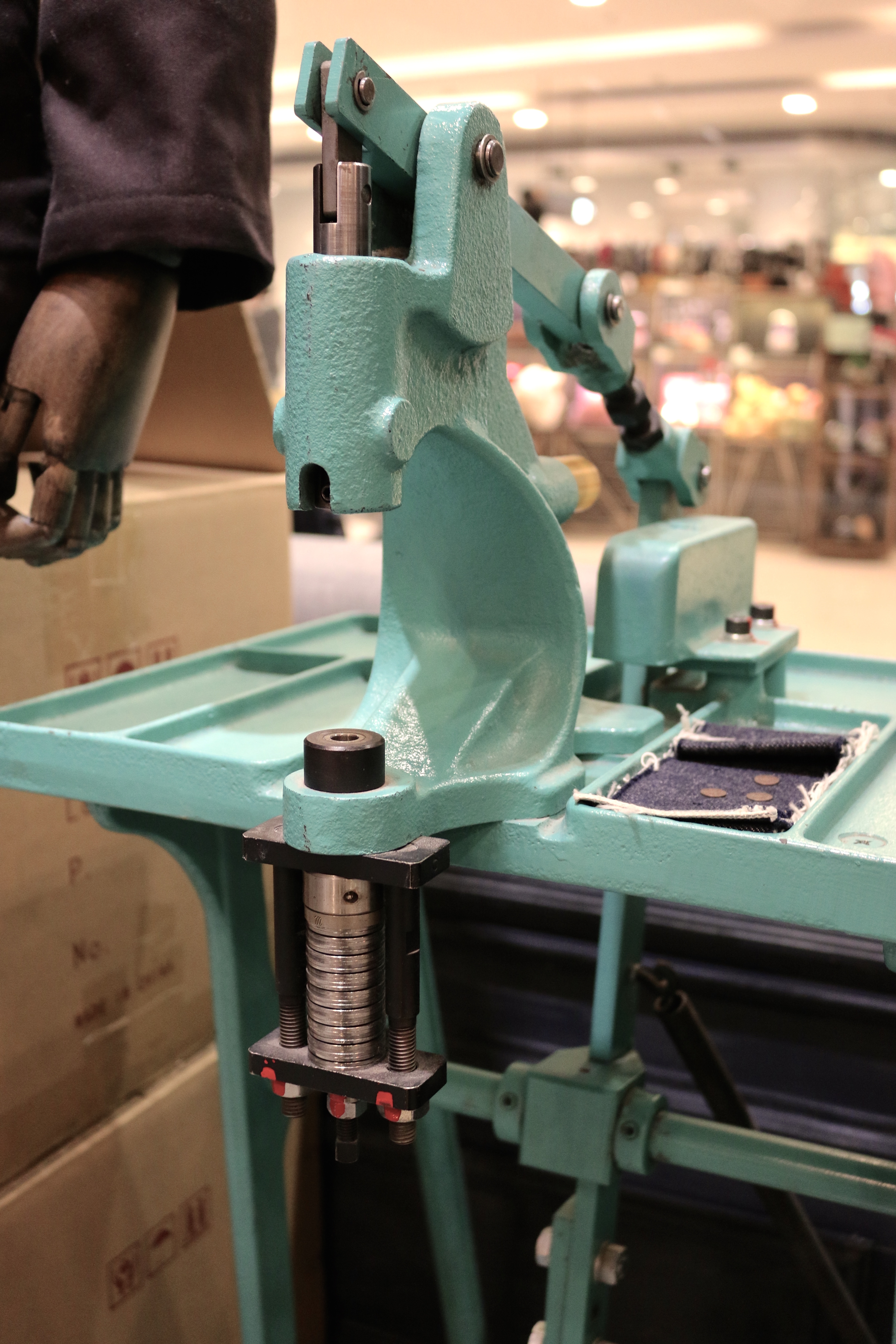
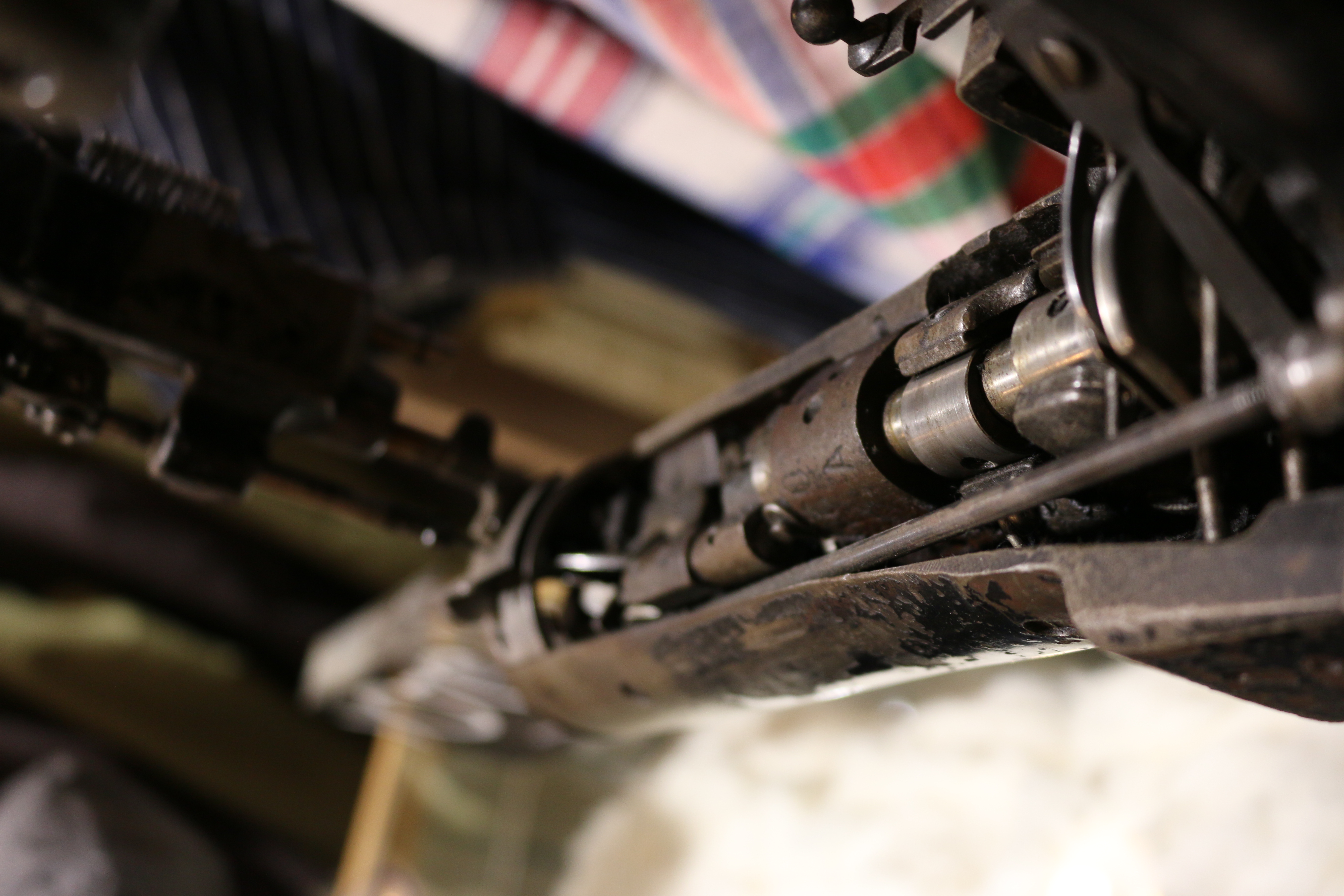

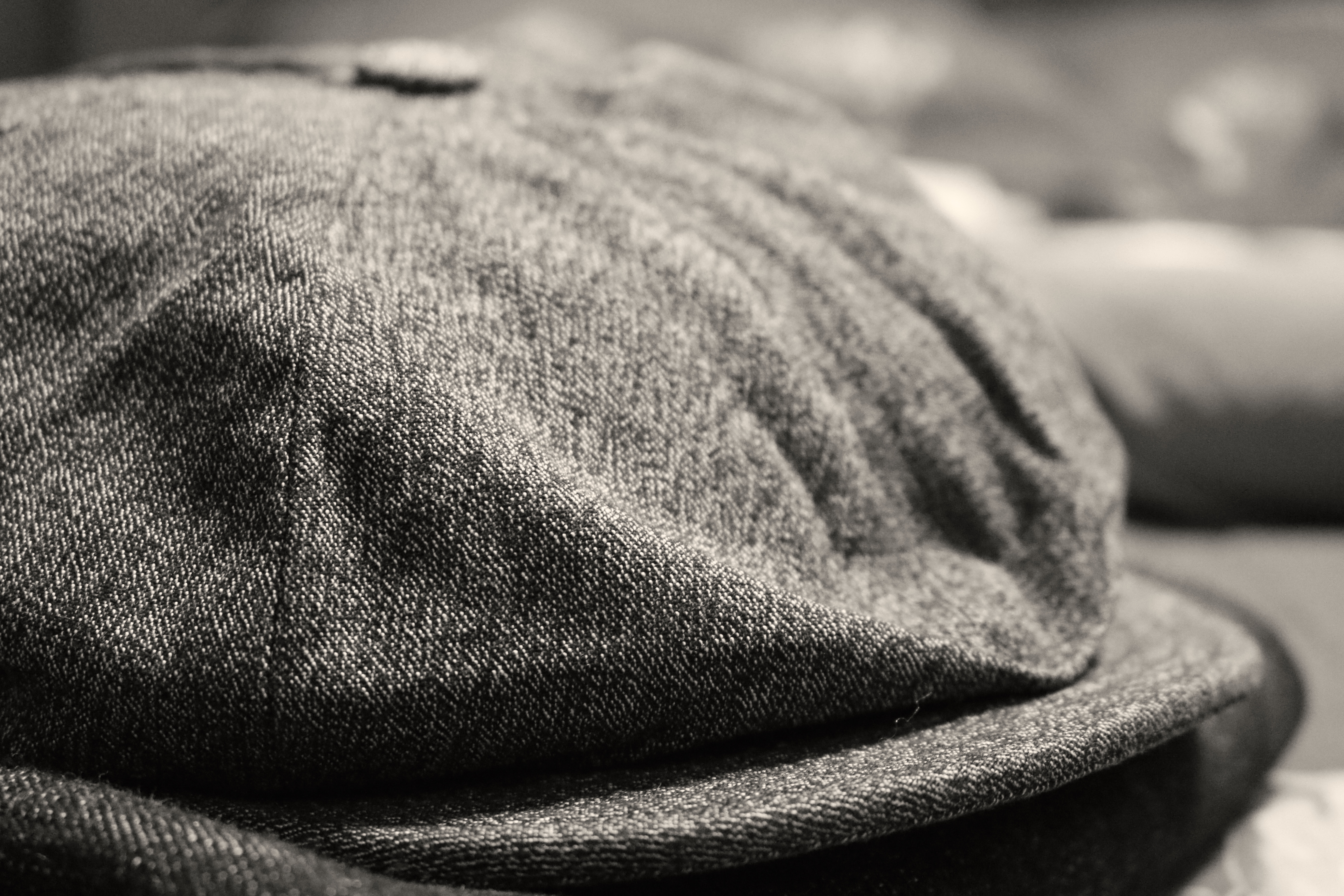


Red Cloud & Company
Website of locations
TaoBao online shop
Tuckshop Sundry & Supplies shop
AB Fits shop








